Hybrid animals are fascinating marvels of nature and science that blend the characteristics of two different species into one astonishing creature. While some hybrids occur naturally, others are the result of human intervention in laboratories. These creatures often carry the physical attributes and occasionally even the behaviors of both parent species, creating an entirely new and sometimes unsettlingly unique animal. In this listicle, we’ll dive into some of the most terrifying hybrid animals you probably didn’t know existed.
1. The Liger: A Mammoth Cat
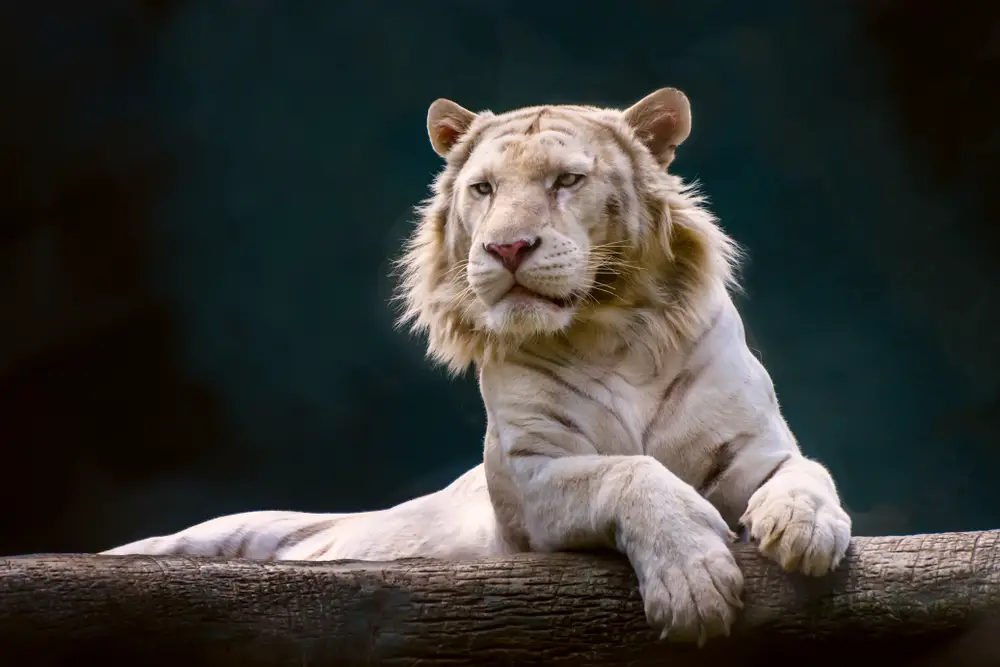
Have you ever wondered what happens when you cross a lion with a tiger? Meet the liger, the largest big cat in the world. With the majestic mane of a lion and the striking stripes of a tiger, ligers can weigh up to 900 pounds! They inherit the strength and power of both parents but sometimes face health challenges due to their large size. According to National Geographic, ligers are bred in captivity, as lions and tigers don’t share habitats in the wild. What’s fascinating is that ligers are known for their social personalities, often enjoying swimming, which is a trait inherited from their tiger parent.
Despite their impressive size and appearance, ligers are not a sustainable species for conservation. Their existence raises ethical questions about the purpose and consequences of creating such hybrids. Conservationists argue that focusing on preserving the natural habitats of existing species is more beneficial. Nevertheless, ligers remain popular attractions at zoos and wildlife parks, captivating audiences with their size and gentle demeanor. The creation of ligers serves as a reminder of the complex relationship between human curiosity and nature’s boundaries. Are we playing God, or simply exploring the possibilities?
2. The Zonkey: A Striped Wonder
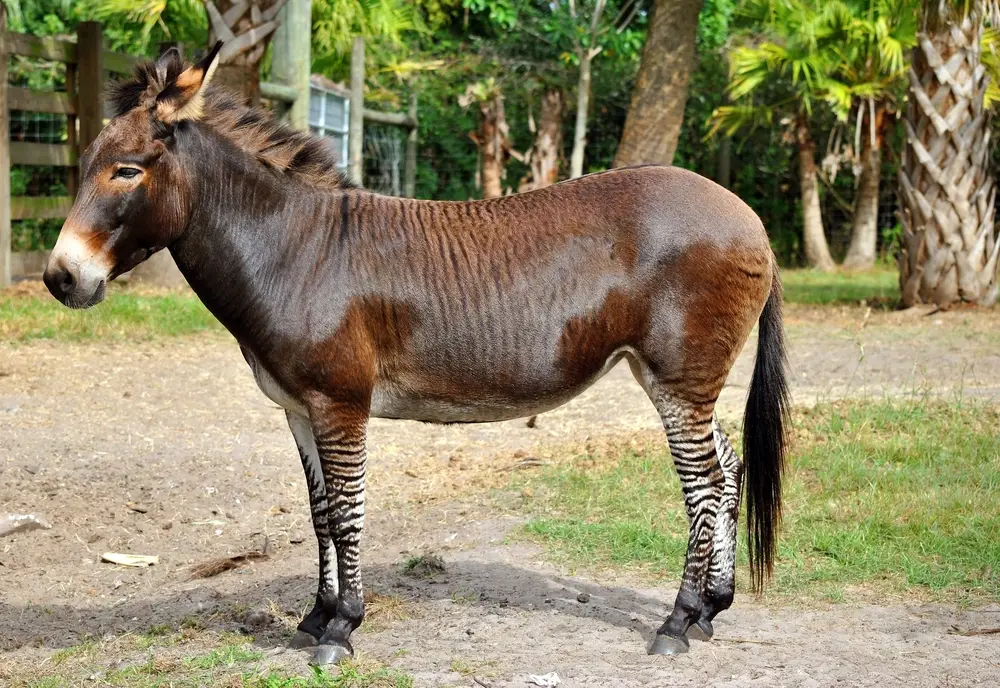
Imagine a creature that combines the elegance of a zebra with the steadfastness of a donkey, and you’ll picture the zonkey. This unusual hybrid inherits the distinctive stripes of the zebra parent and the sturdy build of the donkey, creating a visually striking animal. Interestingly, zonkeys are not a recent phenomenon; they have been spotted in the wild, especially in areas where zebras and donkeys coexist. However, most zonkeys today are bred in zoos and sanctuaries. Their unique appearance often makes them a tourist attraction, drawing attention to the fascinating world of hybrids.
Zonkeys are generally sterile due to the mismatch in the number of chromosomes from their parents, similar to many other hybrids. This sterility points to the genetic complexities and limitations involved in hybridization. While zonkeys are captivating to observe, their existence is yet another discussion point in the ethics of animal breeding. Are these creatures a testament to nature’s adaptability or a sign of human interference gone too far? As with many hybrids, the zonkey’s life in captivity contrasts with the natural ecosystems we strive to preserve. They remind us of the delicate balance between wonder and ethics in the animal kingdom.
3. The Grolar Bear: A Polar Grizzly Combo
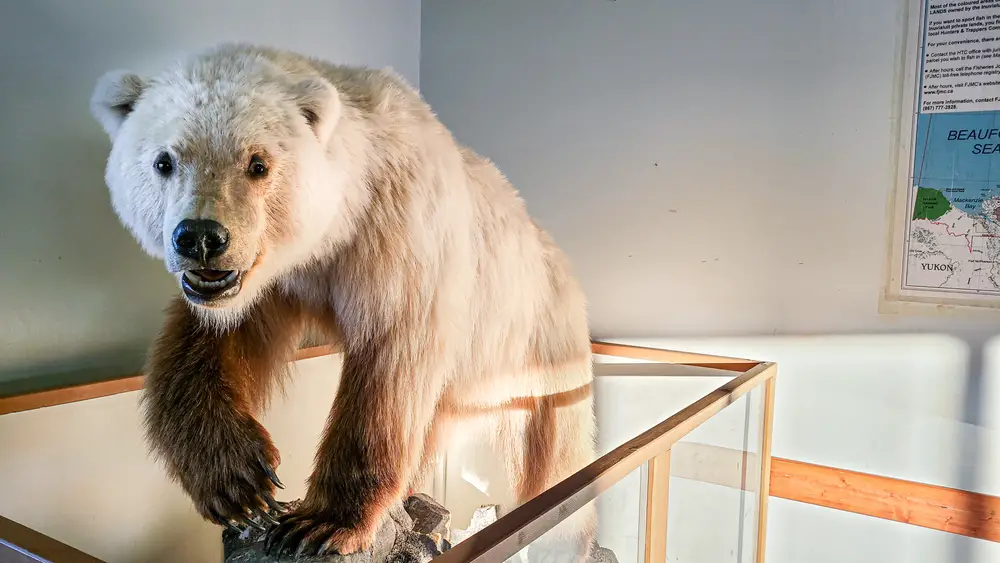
What do you get when a grizzly bear meets a polar bear? The answer is the intriguing grolar bear, also known as a pizzly bear. This hybrid has been spotted in the wild, particularly in areas where climate change has forced polar bears further south into grizzly territory. According to a study by the National Wildlife Federation, grolar bears exhibit mixed traits of both parents, such as a blend of fur colors and adaptable hunting techniques. Their existence highlights the impact of environmental changes on wildlife, as shifting habitats bring once-separated species closer together.
Grolar bears are a living testament to nature’s adaptability, but their existence raises concerns over the changing Arctic environment. As polar ice melts, the overlapping territories between these two bear species increase, leading to more frequent encounters and potential hybrid offspring. This hybridization may have long-term ecological implications, possibly affecting the gene pool and survival strategies of both species. While grolar bears are fascinating, they symbolize the urgent need for climate action to protect vulnerable species and their habitats. The emergence of these hybrids is a call to pay attention to our planet’s changing dynamics, urging us to take responsibility for the future of wildlife.
4. The Beefalo: A Cattle-Bison Blend
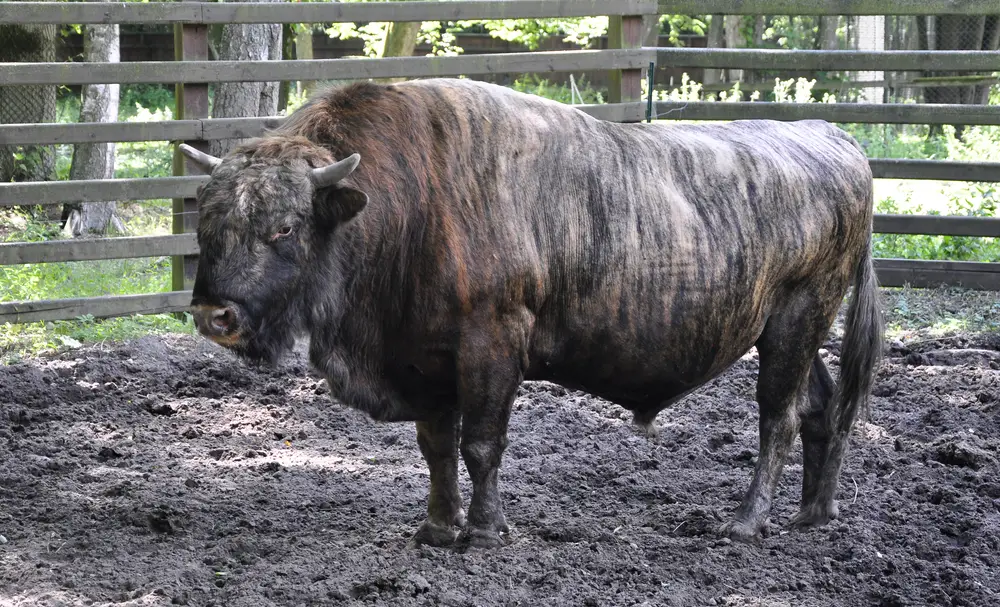
Imagine a creature that combines the resilience of a bison with the docility of domestic cattle, and you’ve got the beefalo. This robust hybrid was deliberately created to combine the best traits of both species, aiming for a superior meat source. Beefalo are generally larger and more resilient than domestic cattle, making them well-suited to harsh environments. They inherit the bison’s ability to withstand cold temperatures, and their meat is often leaner and lower in cholesterol. Initially developed in the 1960s, beefalo are now raised on farms across North America.
The creation of beefalo was driven by agricultural and economic interests, highlighting humanity’s ongoing quest to optimize livestock production. However, their presence has raised environmental concerns, particularly when it comes to maintaining the genetic purity of wild bison populations. Conservationists worry about the potential for genetic dilution if beefalo were to interbreed with wild bison. Despite the controversy, beefalo continue to be a popular choice for sustainable meat production. This hybrid serves as a reminder of the delicate balance between human needs and ecological preservation. Is it possible to innovate responsibly without compromising biodiversity?
5. The Cama: When Camels Meet Llamas
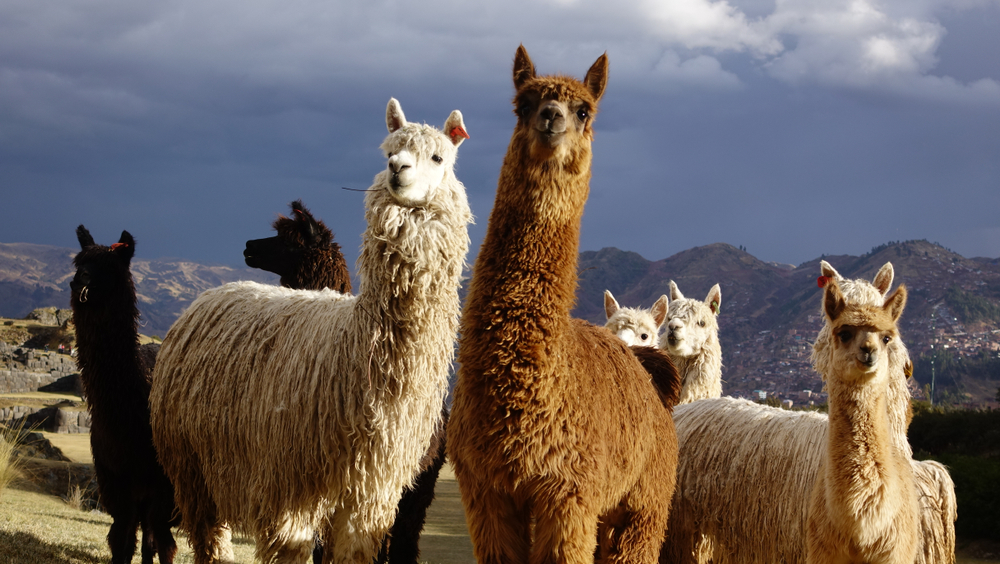
In the quest to blend the strength of a camel with the gentle nature of a llama, scientists created the cama. This unique hybrid was first successfully bred in 1998 using artificial insemination. Camas were developed with the aim of producing a strong, wool-producing animal that could thrive in arid environments. They exhibit a fascinating mix of the physical traits of both parents, with the camel’s sturdy build and the llama’s soft wool. However, camas are typically smaller than camels and lack the signature humps, making them a truly one-of-a-kind sight.
While camas are an interesting scientific achievement, they have not become widespread due to breeding challenges and limited demand. The process of creating a cama is complex, as camels and llamas have different numbers of chromosomes. These hybrids are more of a scientific curiosity than a practical farming solution, demonstrating the challenges of hybridization across distantly related species. The creation of the cama raises questions about the extent to which humans should intervene in natural processes. As with other hybrids, camas are a delightful but complex blend of nature and human ingenuity, provoking thought on the ethics and potential benefits of such endeavors.
6. The Wholphin: A Marine Marvel
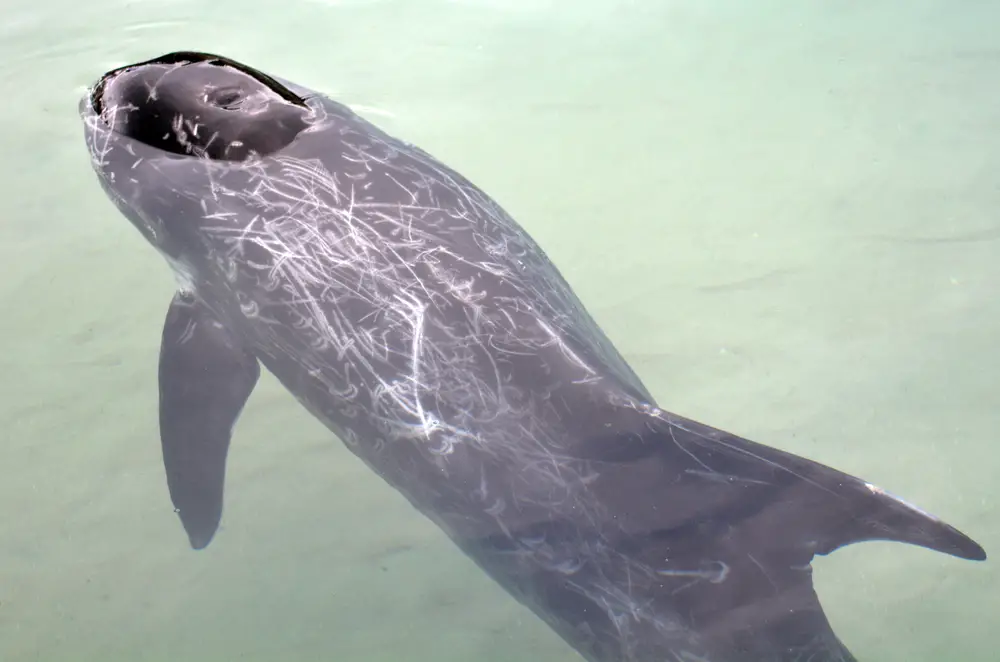
Enter the ocean’s most enigmatic hybrid: the wholphin, a cross between a false killer whale and a bottlenose dolphin. This rare hybrid was first born in captivity at Hawaii’s Sea Life Park, capturing imaginations with its unique genetic combination. Wholphins display physical traits from both parent species, often resembling a mix of the two, with the bottlenose’s sociable nature and the false killer whale’s size and strength. Despite their fascinating origins, wholphins remain rare, with only a handful known to exist. Their unusual creation serves as a testament to the wonders—and mysteries—of marine life.
The existence of wholphins highlights the intricacies of hybridization in the animal kingdom, especially in the vast and often inaccessible ocean environment. While these hybrids are captivating, they also underscore the challenges of maintaining biodiversity in marine habitats. The rarity of wholphins in the wild suggests that such hybridization may only occur under certain conditions, raising questions about the natural evolutionary pressures at play. As we continue to explore the depths of our oceans, wholphins remind us of the complexities and surprises hidden beneath the waves. They are a testament to the diversity and adaptability of marine life, urging us to protect these incredible ecosystems.
7. The Geep: A Farmyard Oddity
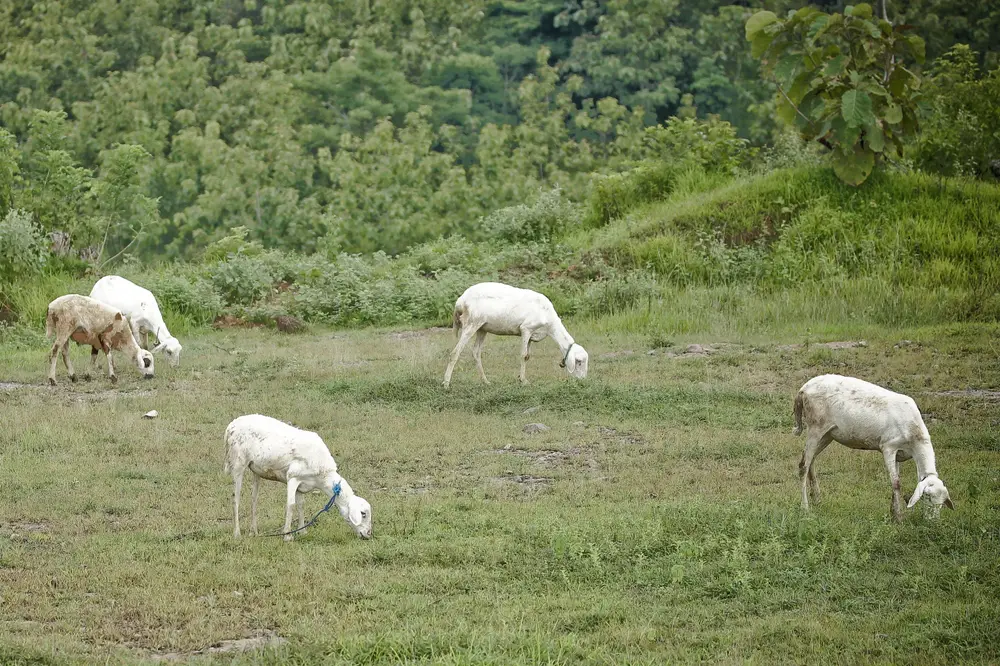
Ever heard of a geep? It’s a rare hybrid born from the union of a sheep and a goat; two animals often found sharing the same farmyards. Geep hybrids are a rarity due to the significant genetic differences between sheep and goats, but when they do occur, they exhibit a fascinating blend of features from both parents. Physically, a geep might have the body of a goat with the woolly coat of a sheep, creating a unique and adorable appearance. These animals tend to inherit the agility and playfulness of goats, combined with the calm demeanor of sheep.
The rarity and uniqueness of geep hybrids have made them a topic of interest and curiosity among animal enthusiasts and geneticists. However, their existence also raises questions about animal breeding practices and the potential challenges faced by such hybrids. Due to their mixed genetics, geep may encounter health and fertility issues, making them more of a scientific curiosity than a practical farming prospect. The geep’s existence serves as a reminder of the unpredictability and wonder of nature, sparking discussions about genetic compatibility and the potential for hybridization in animals. As science advances, geeps stand as a testament to the unexpected results that can occur in the animal kingdom.
8. The Jaglion: A Rare Feline Fusion
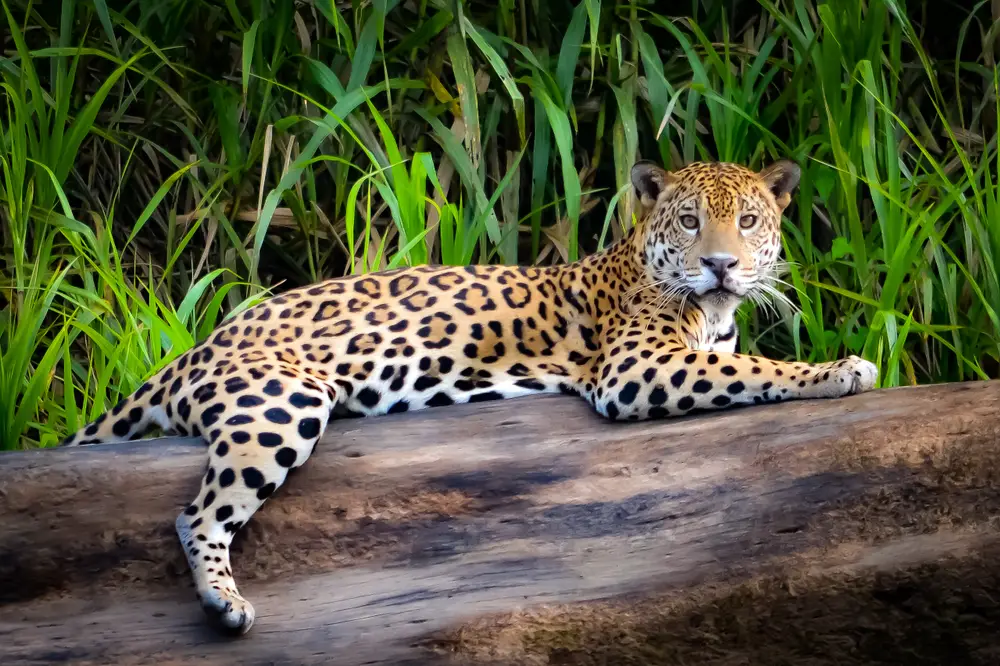
Meet the jaglion, a rare and stunning hybrid born from a male jaguar and a female lion. This intriguing feline combination results in an animal that carries the striking rosette pattern of the jaguar and the robust physique of a lion. Jaglions are extremely rare, with only a few known to exist, primarily in captivity. Their existence is often the result of planned breeding programs or, in some cases, accidental pairings in shared enclosures. The jaglion is a beautiful example of the power and allure of hybrids, captivating animal lovers with its unique look and lineage.
Beyond their captivating appearance, jaglions also highlight the ethical considerations involved in breeding hybrid animals. While they may be fascinating to observe, questions about their role in conservation and the ethics of creating such hybrids remain. The rarity of jaglions in the wild suggests that these hybrids are not a natural occurrence, often raising concerns about the impact of human intervention on natural ecosystems. As we marvel at their beauty, jaglions remind us of the balance we must maintain between curiosity and responsibility in the animal kingdom. They serve as a testament to the complexities and wonders of genetic diversity, urging us to consider the broader implications of hybridization.
9. The Lepon: A Little Bunny Surprise
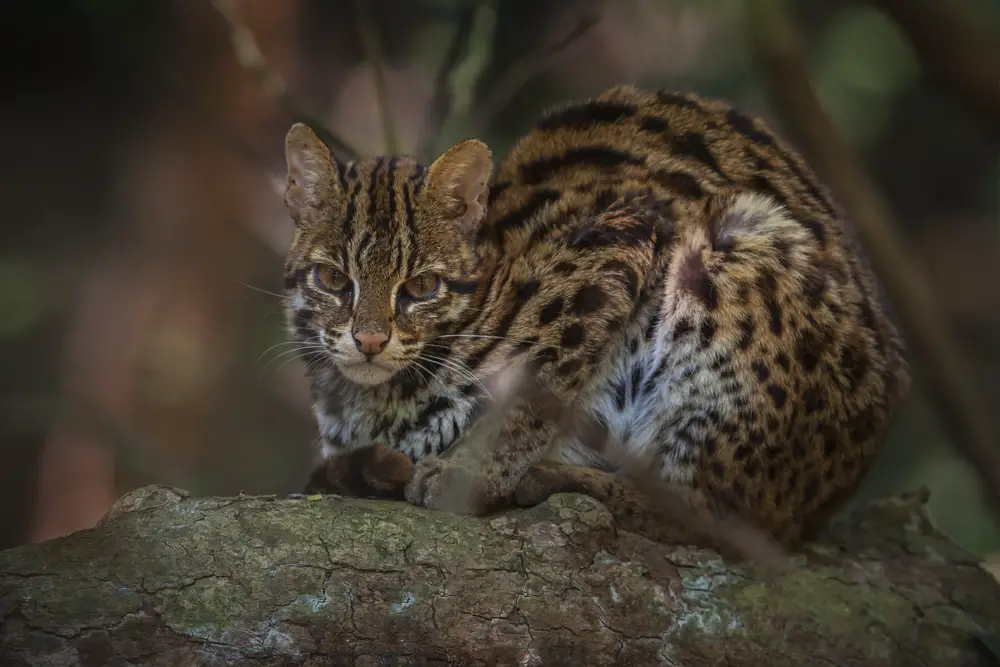
In the world of small mammals, the lepon stands out as an unusual hybrid between a leopard cat and a domestic house cat. This captivating creature combines the wild appearance and hunting instincts of a leopard cat with the domestic traits of a house cat. Lepons are generally bred for their exotic looks and the novelty of having a “miniature wildcat” as a pet. They inherit the distinctive spotted coat of the leopard cat, making them a popular choice for exotic pet enthusiasts. However, their wild ancestry means that lepons often require specialized care and environments to thrive.
Despite their allure, lepons raise important ethical and practical questions about the domestication of wild animals. The demand for exotic pets has led to increased breeding of hybrids like the lepon, but their needs can be challenging for typical pet owners. As with other hybrid animals, their existence highlights the ongoing debate about the ethics of breeding animals with complex ancestry and the potential impacts on animal welfare. While they may be captivating, lepons serve as a reminder of the responsibilities that come with blending wild and domestic traits. They challenge us to consider the implications of our fascination with novelty in the animal world.
10. The Wolfdog: A Canine Conundrum
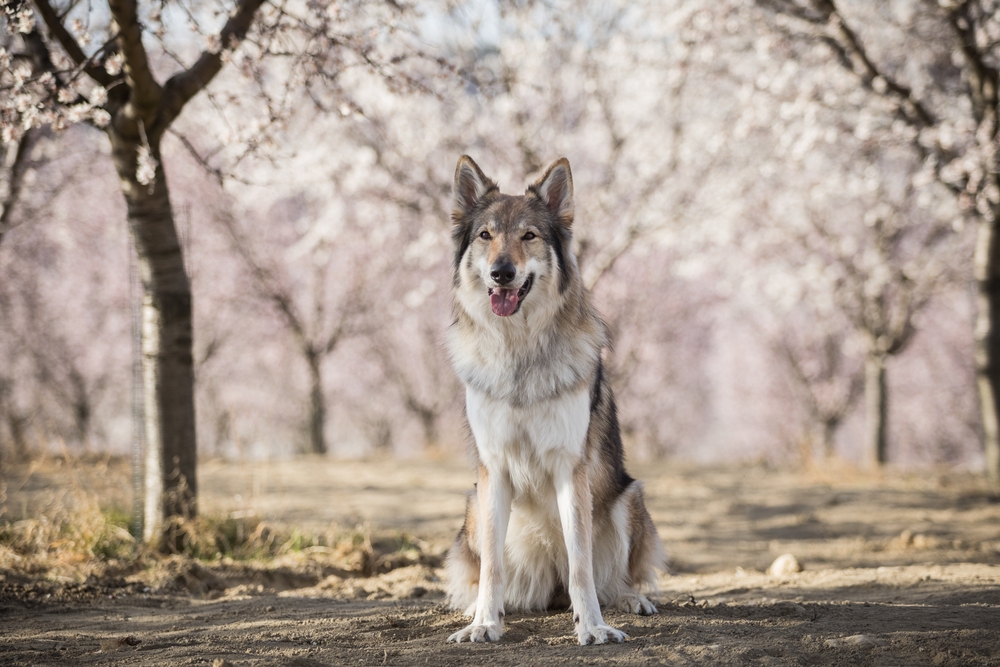
Enter the enigmatic wolfdog, a hybrid that blurs the line between wild and domestic. This blend of a domestic dog and a wolf results in a canine with a wild appearance and instincts, combined with the potential for domesticated behavior. Wolfdogs have gained popularity as pets for those seeking a connection to the wild, but they come with unique challenges. Their wild instincts can make them difficult to train and manage, often requiring experienced handlers and specific living conditions. Despite their wild heritage, wolfdogs can also form strong bonds with their human families, showcasing a fascinating combination of loyalty and independence.
The growing interest in wolfdogs highlights the complex relationship between humans and animals, as well as the challenges of meeting the needs of such unique hybrids. Their existence raises questions about the ethics of breeding animals with wild ancestry for companionship, particularly given the potential for behavioral issues. Wolfdogs often face legal restrictions and regulations due to concerns about their suitability as domestic pets. As hybrids that straddle the line between the wild and the domestic, they remind us of the complexities and responsibilities involved in bridging these worlds. The wolfdog embodies the allure of the wild, urging us to consider the implications of our desire to bring nature closer to home.
